BLAEU, Willem (1571-1638) and Jan BLAEU (1596-1673). Grooten Atlas [ Atlas Major ]. Amsterdam: Johannes Blaeu, 1664. A particularly fine copy of the most famous atlas in the history of printed maps. Since its publication, the Blaeu Atlas Major has remained, with every justification, the most magnificent work of its kind ever produced. The present set is coloured throughout by a contemporary hand and heightened in gold, containing some 200 maps more than the largest editions of Blaeu's next most expansive atlas, the Theatrum Orbis Terrarum . The Atlas Maior is the epitome of decades of achievement by the Blaeu family. Published in five languages (Latin, Dutch, French, German and Spanish) from 1662, this comprehensive atlas was, as Koeman observes, a 'costly atlas ... exclusively designed for those members of the patriciate who could command both the material and intellectual resources that were needed to buy and appreciate it'. This example is the Dutch edition, which is arranged quite differently from the Latin or French editions. It has its origins in Willem Blaeu's intention to publish a new 'international edition' of a world atlas, which was first announced on 11 February 1634 in an Amsterdam newspaper, the Courante uyt Italien ende Duytschlandt . This was a 2-volume atlas published in 4 languages, with the German edition being the first to appear in 1634, and the Latin, Dutch and French appearing in 1635. The first part of its Latin title, Theatrum Orbis Terrarum , deliberately echoed the previous efforts of Abraham Ortelius while the following part of the title, Atlas Novus , spelled out that this was a new publication at the fore-front of cartographic knowledge. Willem planned another 2 additional volumes, but these were only completed after his death, in 1640 and 1645. Willem's son, Jan, progressively expanded the Atlas Novus to six volumes by 1655, and this formed the first half of the Atlas Major . The Dutch edition, entitled Tooneel des Aerdrycks , is the most complicated in make-up, with the text being reset at least 4 times. Since it was the basis for the Grooten Atlas [ Atlas Major ] this has led to quite a different composition from the other language editions. For instance, while the Latin editions carry a uniform date, the present lot varies considerably, with volumes 1-3 and 9 dated 1664, volume 7 is undated, while volumes 4-6 reuse Toonneel titles and are dated 1648, 1654, and 1650 respectively. As Van der Krogt explains: 'Joan Blaeu probably had a large stock of printed sheets of his latest Toonneel des Aerdrycks and did not want to discard them, nor to change in manuscript all the signatures and map numbers. Therefore he gave the maps, which were appearing in the Grooten Atlas for the first time, signatures and numbers which fitted them into those of the Toonneel ... In this way volumes 1 to 3 of the Grooten Atlas are compiled from volume 1 of the Toonneel ; volume 6 from part 1 of volume 2 of the Toonneel; volume 7 from volume 3; volume 8 from part 2 of volume 2 (except Asia); and volume 9 from the maps of Asia part 2 of volume 2, to which the atlas of China (volume 6 of the Toonneel ) was added. Volumes 4 and 5 are identical to their corresponding volumes of the Toonneel' (II, p.383). The present lot seems to be one of the early variants identified by Van der Krogt, updating early editions of volumes 4, 7 and 9 from the Toonneel (see Van der Krogt II, p.383). Volume I [Northern Europe, Scandinavia, Russia]. Erste Stuck der Aerdrycks Beschryving, welck vervat de Landen onder de Noordpool, en de Noorderdeeken van Europa . 1664. Engraved frontispiece, 91 maps and plates, all double-page, excepting 11 single-page and 7 in the text, collating as per Van der Krogt but the addition of folding map 'Campus Inter Bohum' in the Russian part (half-title 'Aerdkloots-bescryving' with vertical creasing and 50mm horizontal tear in lower margin due to paper flaw, but without loss, world map and a few others light
BLAEU, Willem (1571-1638) and Jan BLAEU (1596-1673). Grooten Atlas [ Atlas Major ]. Amsterdam: Johannes Blaeu, 1664. A particularly fine copy of the most famous atlas in the history of printed maps. Since its publication, the Blaeu Atlas Major has remained, with every justification, the most magnificent work of its kind ever produced. The present set is coloured throughout by a contemporary hand and heightened in gold, containing some 200 maps more than the largest editions of Blaeu's next most expansive atlas, the Theatrum Orbis Terrarum . The Atlas Maior is the epitome of decades of achievement by the Blaeu family. Published in five languages (Latin, Dutch, French, German and Spanish) from 1662, this comprehensive atlas was, as Koeman observes, a 'costly atlas ... exclusively designed for those members of the patriciate who could command both the material and intellectual resources that were needed to buy and appreciate it'. This example is the Dutch edition, which is arranged quite differently from the Latin or French editions. It has its origins in Willem Blaeu's intention to publish a new 'international edition' of a world atlas, which was first announced on 11 February 1634 in an Amsterdam newspaper, the Courante uyt Italien ende Duytschlandt . This was a 2-volume atlas published in 4 languages, with the German edition being the first to appear in 1634, and the Latin, Dutch and French appearing in 1635. The first part of its Latin title, Theatrum Orbis Terrarum , deliberately echoed the previous efforts of Abraham Ortelius while the following part of the title, Atlas Novus , spelled out that this was a new publication at the fore-front of cartographic knowledge. Willem planned another 2 additional volumes, but these were only completed after his death, in 1640 and 1645. Willem's son, Jan, progressively expanded the Atlas Novus to six volumes by 1655, and this formed the first half of the Atlas Major . The Dutch edition, entitled Tooneel des Aerdrycks , is the most complicated in make-up, with the text being reset at least 4 times. Since it was the basis for the Grooten Atlas [ Atlas Major ] this has led to quite a different composition from the other language editions. For instance, while the Latin editions carry a uniform date, the present lot varies considerably, with volumes 1-3 and 9 dated 1664, volume 7 is undated, while volumes 4-6 reuse Toonneel titles and are dated 1648, 1654, and 1650 respectively. As Van der Krogt explains: 'Joan Blaeu probably had a large stock of printed sheets of his latest Toonneel des Aerdrycks and did not want to discard them, nor to change in manuscript all the signatures and map numbers. Therefore he gave the maps, which were appearing in the Grooten Atlas for the first time, signatures and numbers which fitted them into those of the Toonneel ... In this way volumes 1 to 3 of the Grooten Atlas are compiled from volume 1 of the Toonneel ; volume 6 from part 1 of volume 2 of the Toonneel; volume 7 from volume 3; volume 8 from part 2 of volume 2 (except Asia); and volume 9 from the maps of Asia part 2 of volume 2, to which the atlas of China (volume 6 of the Toonneel ) was added. Volumes 4 and 5 are identical to their corresponding volumes of the Toonneel' (II, p.383). The present lot seems to be one of the early variants identified by Van der Krogt, updating early editions of volumes 4, 7 and 9 from the Toonneel (see Van der Krogt II, p.383). Volume I [Northern Europe, Scandinavia, Russia]. Erste Stuck der Aerdrycks Beschryving, welck vervat de Landen onder de Noordpool, en de Noorderdeeken van Europa . 1664. Engraved frontispiece, 91 maps and plates, all double-page, excepting 11 single-page and 7 in the text, collating as per Van der Krogt but the addition of folding map 'Campus Inter Bohum' in the Russian part (half-title 'Aerdkloots-bescryving' with vertical creasing and 50mm horizontal tear in lower margin due to paper flaw, but without loss, world map and a few others light
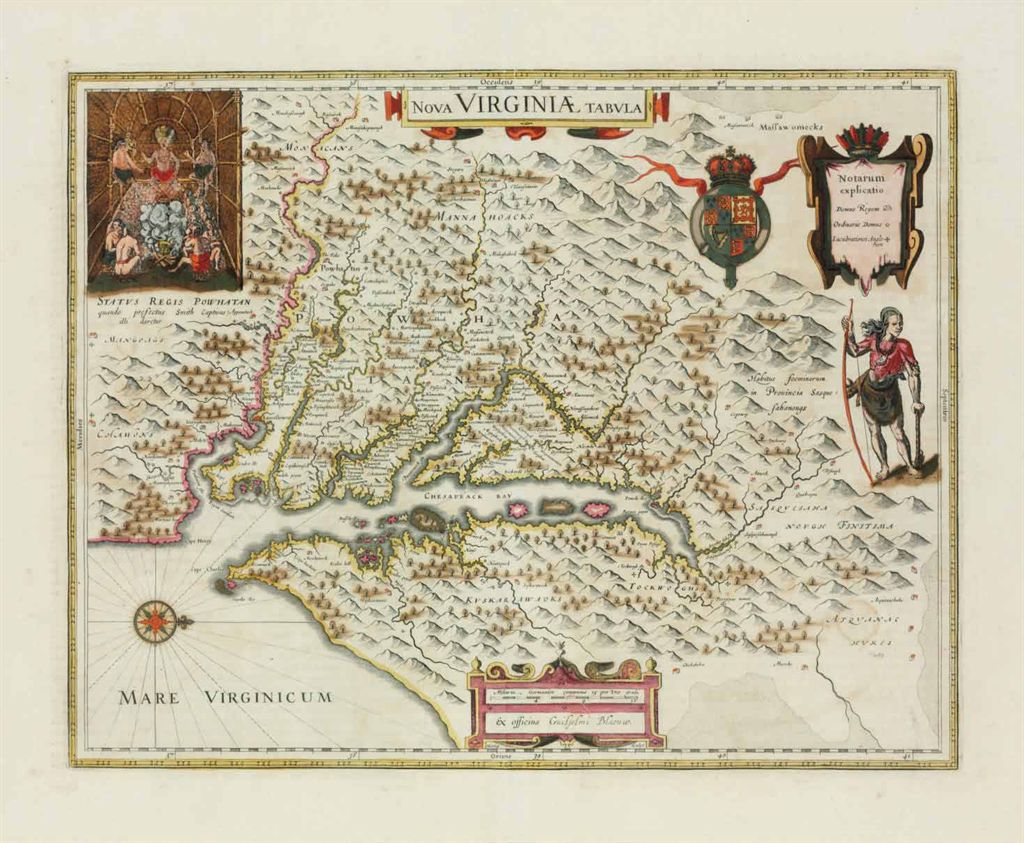
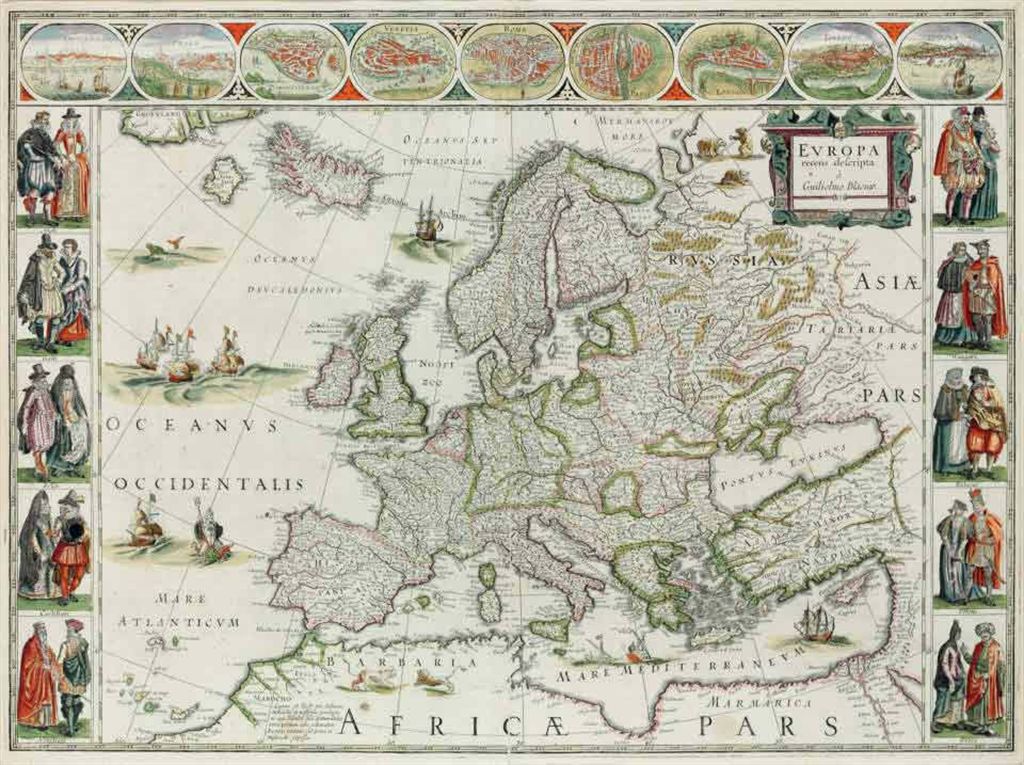


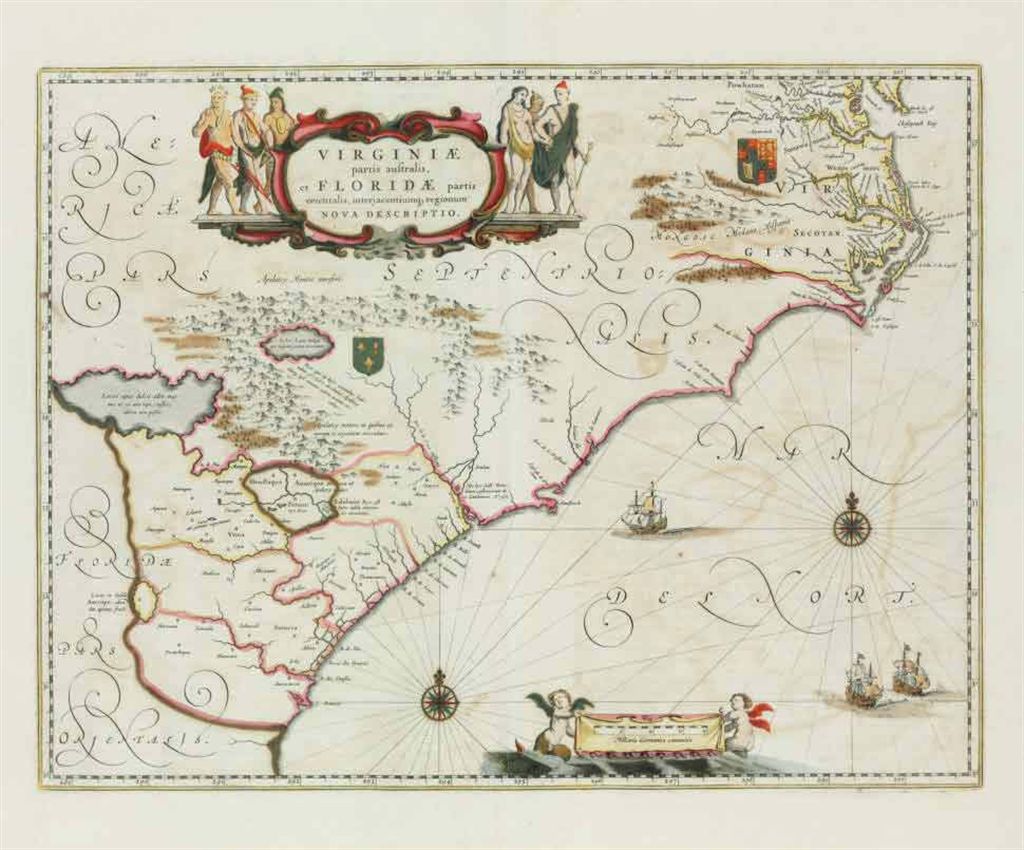

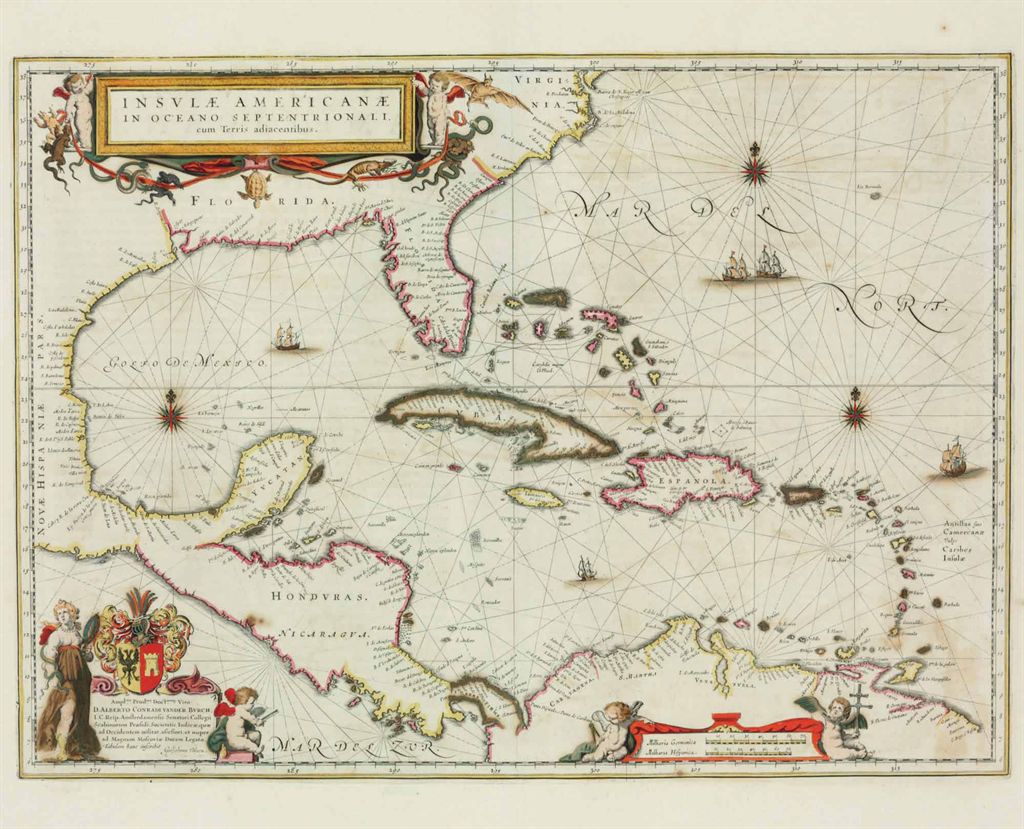
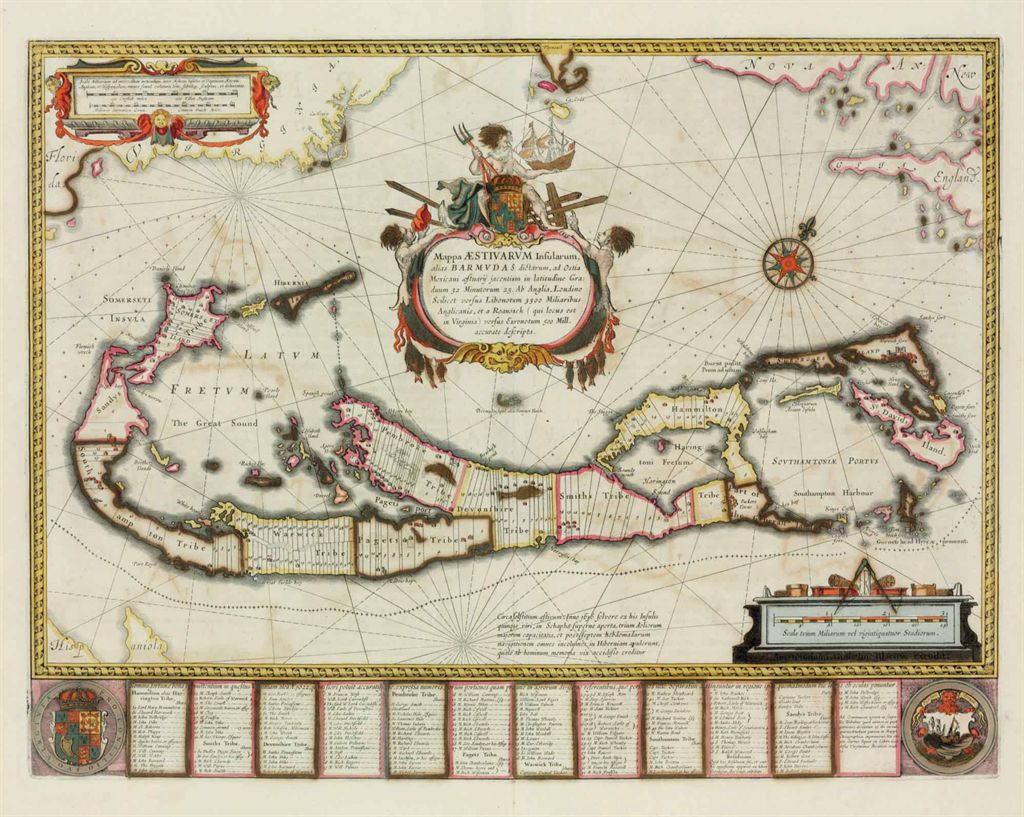
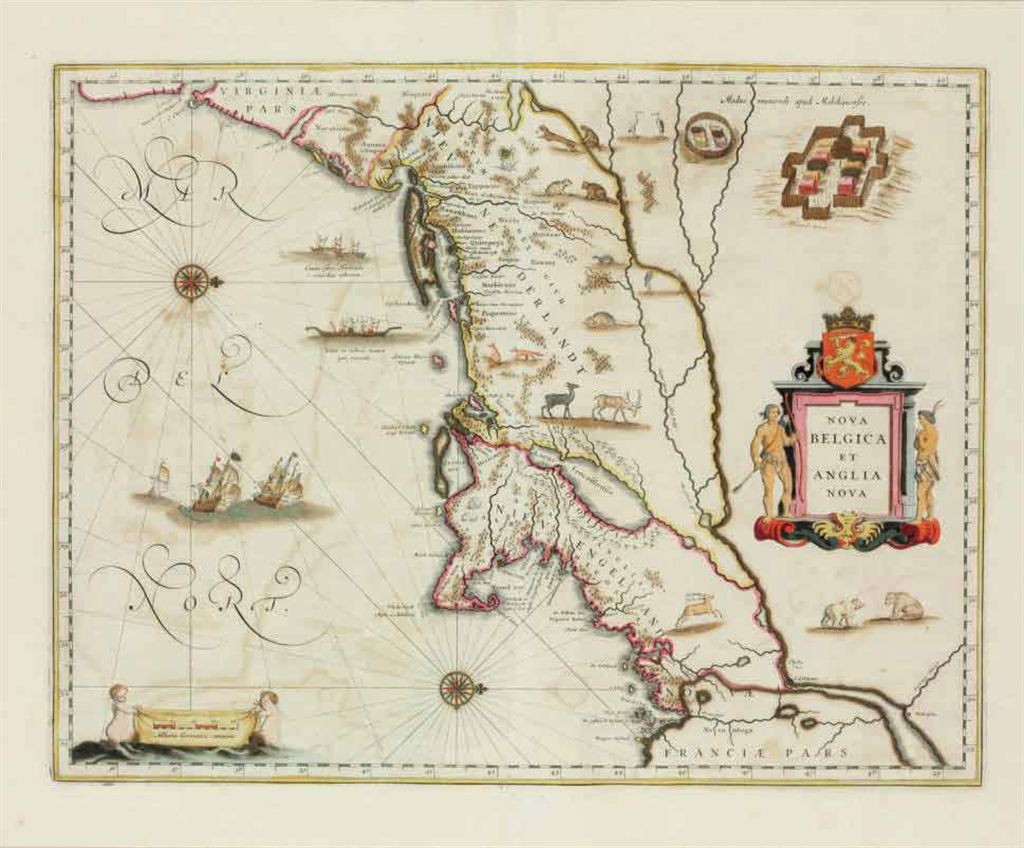






Testen Sie LotSearch und seine Premium-Features 7 Tage - ohne Kosten!
Lassen Sie sich automatisch über neue Objekte in kommenden Auktionen benachrichtigen.
Suchauftrag anlegen